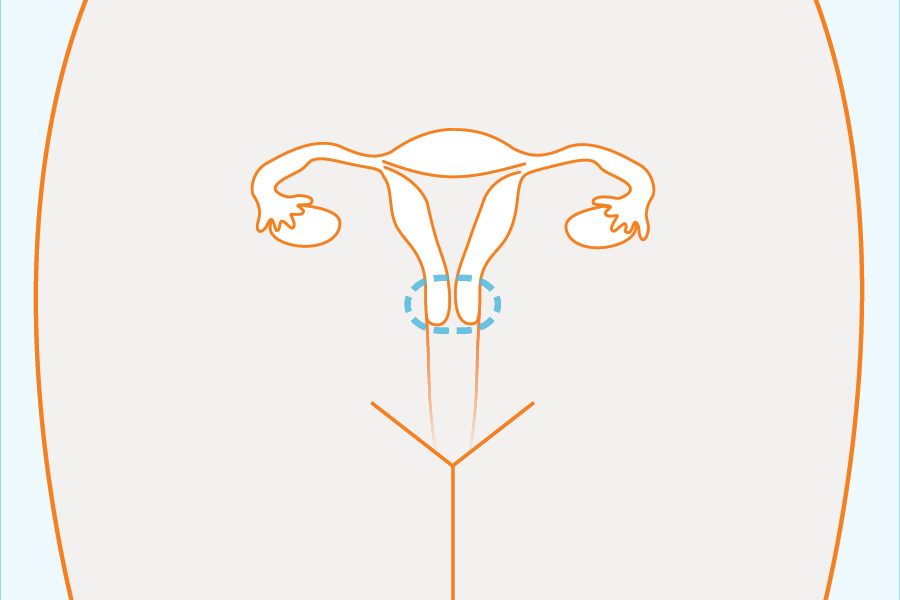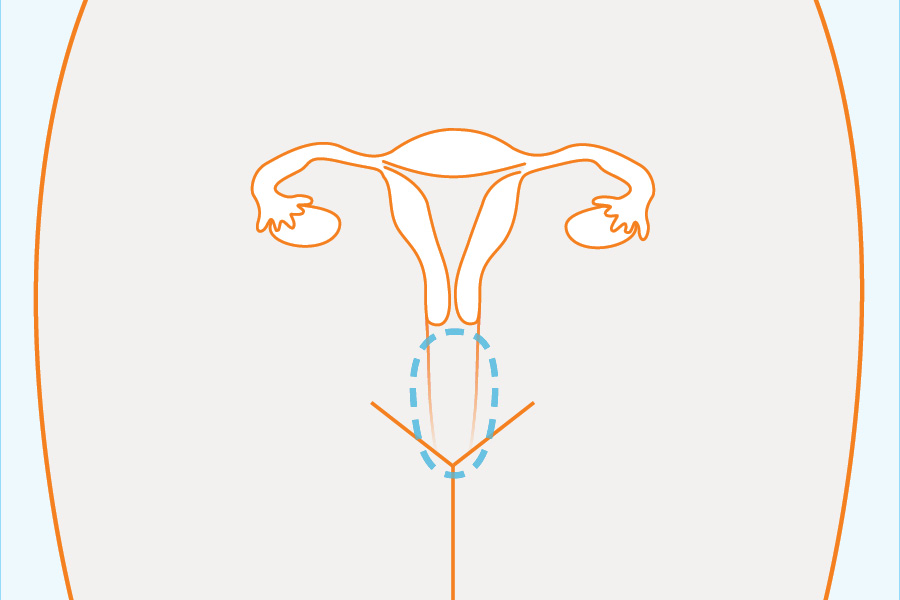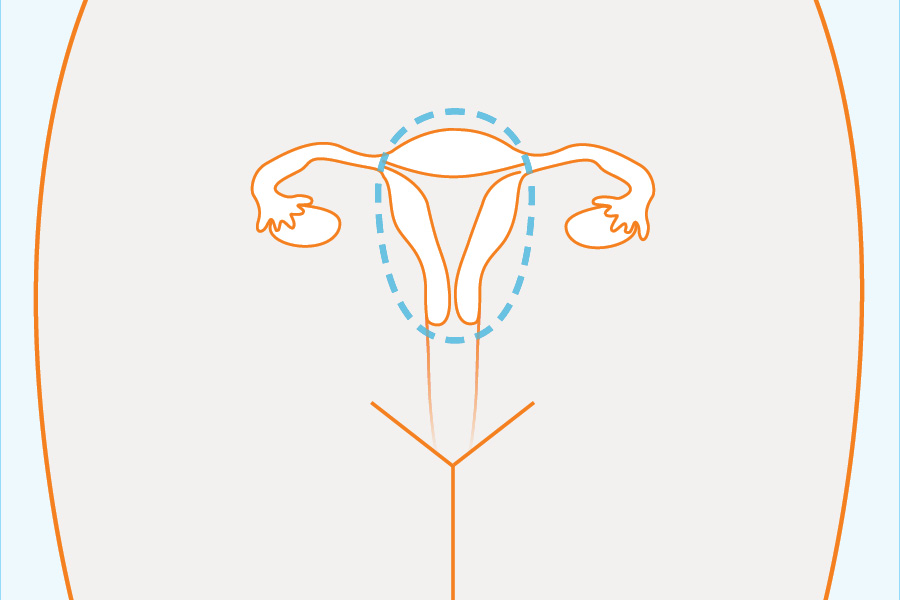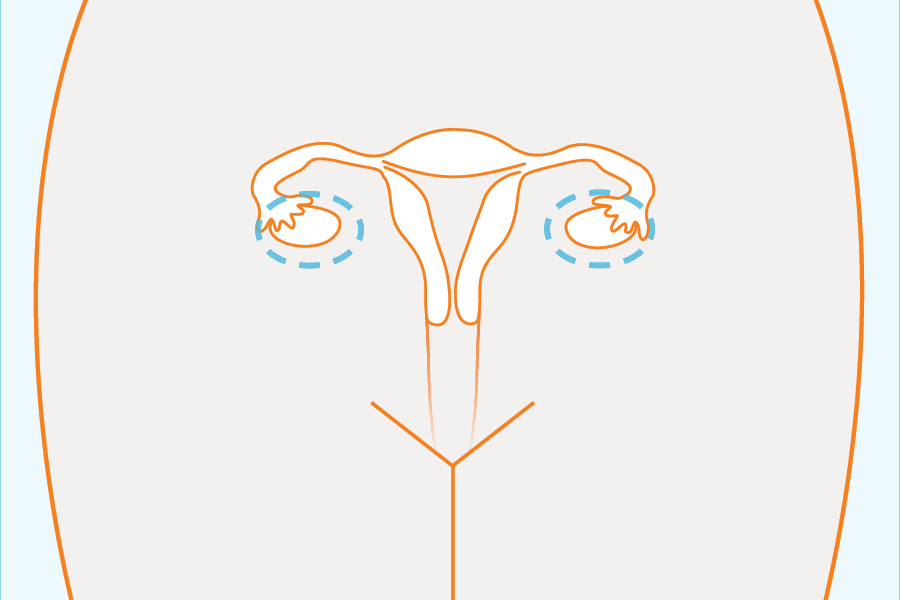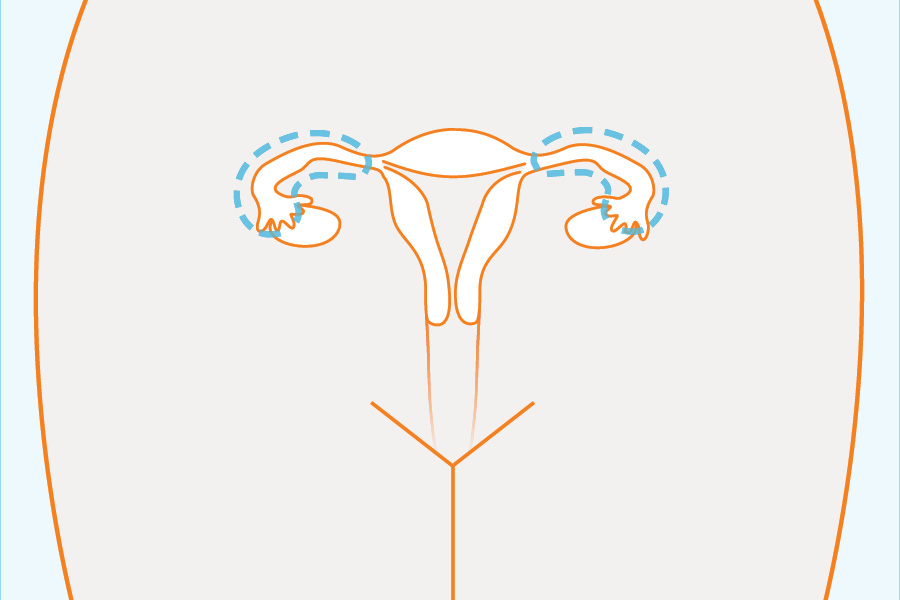The Basics
What is molluscum contagiosum?
Molluscum contagiosum is a skin condition caused by a virus called molluscum contagiosum virus (MCV).
How common is molluscum?
There is little information about the exact number of people who have molluscum contagiosum in the United States, but we know that anyone can get the virus and that hundereds of thousands of cases are diagnosed each year. It is most common among young children (aged 1 to 10) and people with weakened immune systems (such as people with HIV or under treatment for cancer).
Where does molluscum live?
The virus lives in the skin. In males and females it can be found on the:
- Genitals (penis or vagina)
- Upper thighs
- Buttocks
- Lower stomach
In children, the virus can be found in other areas as well, although children rarely acquire the virus sexually even if they develop symptoms on the genitals.
Symptoms and Disease
If I have molluscum, will I develop symptoms?
Most people with molluscum contagiosum never develop symptoms.
What are the symptoms of molluscum?
molluscum contagiosum causes painless bumps on the skin. The bumps:
- are raised, round, and flesh-colored
- are very small
- have an indentation on their top
- become red and inflamed
- can be removed through scratching
How quickly do the symptoms of molluscum develop?
People who are infected with molluscum contagiosum usually see the bumps 2-3 months after they get the virus, although they can take one week to six months to appear. If left untreated, the bumps may last for up to five years.
What can happen if I don't get treated for molluscum?
Without treatment the bumps might become irritated, red, and infected. In addition, you may transmit the virus to others you come in contact with.
Transmission
How is molluscum spread?
It can be spread through:
- Sexual contact
- Close skin-to-skin contact
- Sharing towels, bathtubs, and sponges
How can I prevent giving or getting molluscum?
If you choose to have sexual contact when you or your partner has molluscum contagiosum, using male latex condoms, female condoms, dental dams, latex gloves, or other barriers may reduce your risk of transmission. You can also reduce your chance of getting molluscum contagiosum by not sharing towels, bathtubs, or sponges with people who may be infected and by avoiding intimate contact with people who are infected.
Can I still infect other people with molluscum if I don't have symptoms?
No. You can only infect others if you have visible bumps or symptoms. These may be small and hard to see, so make sure to see a healthcare professional if you see any noticeable red marks in your genital region.
Am I more infectious with molluscum at certain times?
You are most infectious when you have outbreaks of growths or bumps.
Tests, Results, & Treatment
How long do I have to wait to get tested for molluscum?
Get tested once you show symptoms.
How do you test for molluscum?
A doctor or other healthcare professional can diagnose molluscum contagiosum. It is diagnosed by looking at the affected skin or by looking at a sample of a bump under a microscope. Sometimes the sample is tested in a laboratory following examination.
How long do I have to wait for results for my molluscum test?
If you are diagnosed at your exam, you will not have to wait at all. If your doctor can't tell that you have molluscum contagiosum at the exam and he or she sends a sample to the lab, you may have to wait a little while.
Where can I get tested for molluscum?
A doctor or other healthcare professional may be able to test for molluscum contagiosum, or you can search for a clinic that can test you. See our Get Tested page for more information.
Is molluscum curable?
Yes, molluscum contagiosum is curable.
What is the treatment for molluscum?
Usually no treatment is needed because bumps can disappear on their own within 6-12 months. If this is the case, you should make sure that you cover yourself to prevent spreading it to someone else. If the bumps do not away, a doctor can use Cryotherapy (freezing the bump off), curettage (removing the waxy material in the center of the bump), or medication (to put on the bumps) to treat them.
Can I use medication I already have to treat molluscum?
No. You should wait to see what a doctor or other healthcare professional tells you.
Can I share my molluscum medication with my partner?
No. Your partner should see a doctor or other healthcare professional to get their own treatment.
Do I need to do anything after I'm cured for molluscum?
You can be re-infected with molluscum contagiosum, so make sure to look out for infections.
Partner Notification
Should I tell my partner(s) if I have molluscum?
Yes, if you feel safe doing so.
Who should I tell if I have molluscum?
Below is our take on which of your partners to notify. There aren't great formal guidelines on any of this.
Past partners: Sometimes it can take up to six months to show symptoms of molluscum contagiosum, so we recommend you tell anyone that you have had sex with in the past 8 months (to be safe).
Present partners: We recommend that you tell your present partners and anyone that you have had sex with while you had the symptoms.
Future partners: If the bumps go away on their own or you have them removed by a doctor or other healthcare professional, you do not have to tell your future partners. However, remember that sometimes the bumps can be hard to see. It's best to have an exam to make sure they are completely gone.
That's a lot of people to notify. Which of my partners are most at risk for molluscum?
We recommend notifying your current partners and anyone you have had sexual contact with while you had symptoms. It is especially important that you tell those who might also be at added risk because their immune system is weak (they have HIV or are under treatment for cancer). Take the Partner Notification Quiz to learn more.

